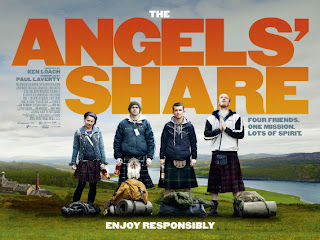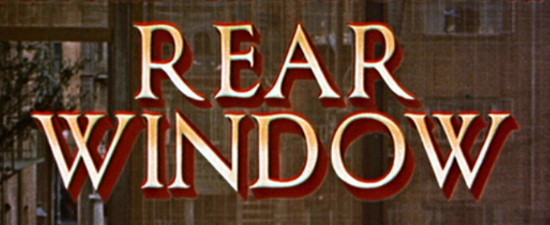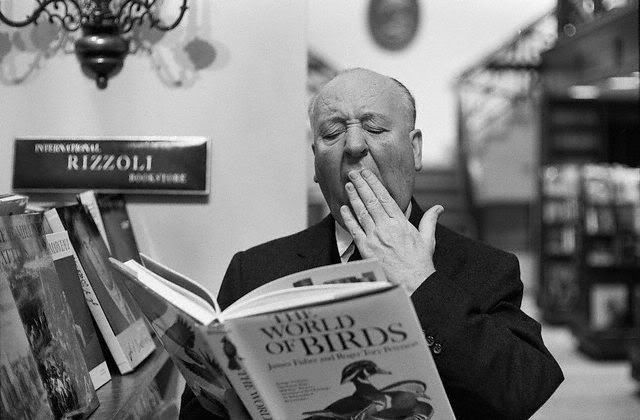The Burds: Part II

The continuing (limited and selective) ramble in defence of Alfred Hitchcock's portrayal of women. A wee while ago I had a look at Rear Window (1954). Inspired by an article I read that reduced Hitchcock's portrayal of women thusly: 'Hitchcock's women are outwardly immaculate, but full of treachery and weakness. But, hurrah, he doesn't kill them all. He just teaches them a thoroughly good lesson.' ( Bidisha, 2010 ). In that post I intended to suggest that Hitchcock counterpoints male and female points of view and that ultimately the male point of view is the one that shifts (that was the idea, don't know if I pulled it off). Here I want to look at the women in The Birds (1963) and how these characters fit into a wider societal context. Bidisha distils the essence of The Birds to this: The message is that women (a) are all about men and (b) can't get along because they're so busy pecking and squabbling over men. Mitch's mum hates Melani...


